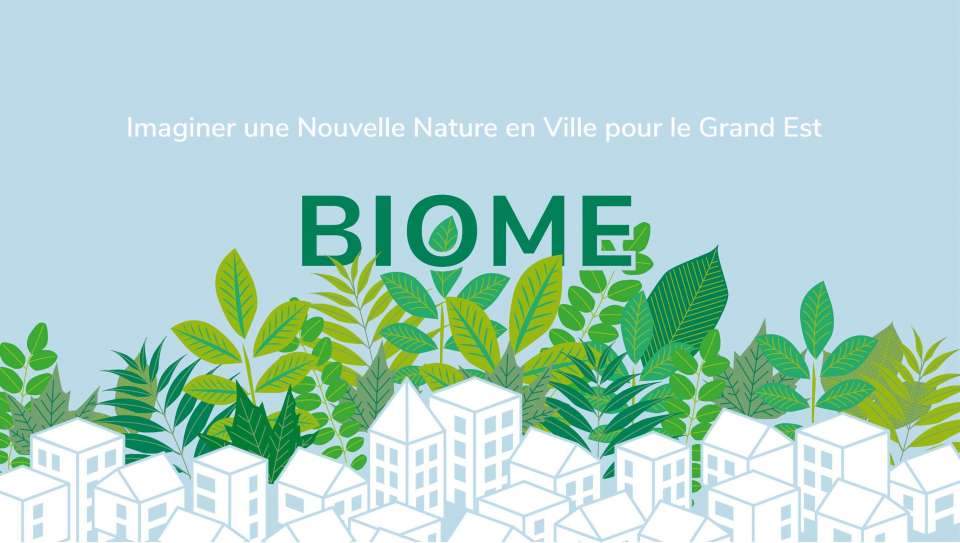Royal Copenhagen: a timeless passion for blue
The Danish porcelain company, closely linked since its creation to the Royal Danish Court, is all but weighted down by its heritage, as it experiments with contemporary designers and artists

Royal Copenhagen’s collections will be in the exhibition THIS IS DENMARK at Alcova for the Milan Design Week 2023
The story of European porcelain has a mysterious allure. The composition of the exotic material was a well-kept secret of manufacturers, who also developed their interpretation of the stylized original Chinese decorations. Only colors were the same for everybody for a long time: the cobalt blue over the pure white underglaze background.
When Royal Copenhagen was founded in 1775 under the patronage of Queen Julian Marie, it did not contravene the rule. The first decor was a seamless composition of blue botanic elements called Blue Fluted Plain, still in production and now the iconic signature of one of the most famous luxury porcelain manufacturers in the world.

Nature as inspiration
The relationship between porcelain and its nature-inspired decorations never ended, not even in contemporary times.
While Royal Copenhagen stands firm on the choice of celebrating its history through the continuous manufacturing of the first immortal collection, the brand evolved thanks to authorial collaborations with outstanding international designers such as Bjarke Ingles and GamFratesi.
But there is one thing that never changes even in the work of such prominent and sometimes disruptive designers for the Danish brand: the bond with the natural world.

It is probably in the brand’s original identity, which Queen Julian Marie insisted be symbolized by the three waves logo recalling the main Danish waterways. But what was a respectful and celebratory decoration style in the past, today is a pretext to juxtapose tradition, ornamental icons, and new ways to represent, love, and respect, the natural world.
The HAV collection by Bjarke Ingels, Jens Martin Skibsted and Lars Holme
The collection HAV by Bjarke Ingels, Jens Martin Skibsted, and Lars Holme declares a precise will to suggest a reflection on responsible consumption in any aspect of human life. The Ingels, Skibsted, and Holme redesigned the traditional porcelain shapes to give them a contemporary and cosmopolitan twist. Many formal interventions recall the far east culinary tradition as long as an essential and simple approach to food consumption.

The ornamental side is adamant in elaborating a new use of natural elements as decoration. Fish scales are lightly imprinted directly in the porcelain, on handles, cups, and borders, becoming an abstract and sophisticated presence. The traditional blue crosses all the chromatic shades like the skiing of an imaginary marine creature.
GamFratesi and the scientific representation of nature
GamFratesi’s design duo followed a different path. The Royal Creatures collection goes back to the first scientific representations of the animal reign in illuministic encyclopedic works. The idea is to take these sometimes fantastic fishes, insects, and butterflies to push them toward abstraction and graphics.

Then there is the brilliant intuition to relate them to the classical Royal Copenhagen’s Blue Fluted Half Lace and Princess decor to create a new world of imaginary creatures out of scientific nomenclature.
The process to reach the final result is fascinating: the scientific drawings were pieces and then rearranged. Inventing new bodies, new forms,, and new skins.
This Denmark exhibition, staged at Alcova during the Milan Design Week 2023, wishes to offer an overview. Through 15 selected objects, of how contemporary Danish creators and companies interpret today the key values from their national heritage.

The Danish porcelain company, closely linked since its creation to the Royal Danish Court, is weighted down by its heritage. As it experiments with contemporary designers and artists

Also, The Danish porcelain company, linked since its creation to the Royal Danish Court, is weighted down by its heritage. As it experiments with contemporary designers and artists

The Danish porcelain company, closely linked since its creation to the Royal Danish Court, is weighted down by its heritage. As it experiments with contemporary designers and artists

The Danish porcelain company, closely linked since its creation to the Royal Danish Court, is weighted down by its heritage. As it experiments with contemporary designers and artists

Additionally, The Danish porcelain company, linked since its creation to the Royal Danish Court, is weighted down by its heritage. As it experiments with contemporary designers and artists

The Danish porcelain company, closely linked since its creation to the Royal Danish Court, is weighted down by its heritage. As it experiments with contemporary designers and artists

Moreover, The Danish porcelain company, linked since its creation to the Royal Danish Court, is weighted down by its heritage. As it experiments with contemporary designers and artists

The Danish porcelain company, closely linked since its creation to the Royal Danish Court, is weighted down by its heritage. As it experiments with contemporary designers and artists
Finally, read more on Archup:







